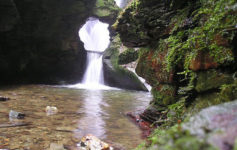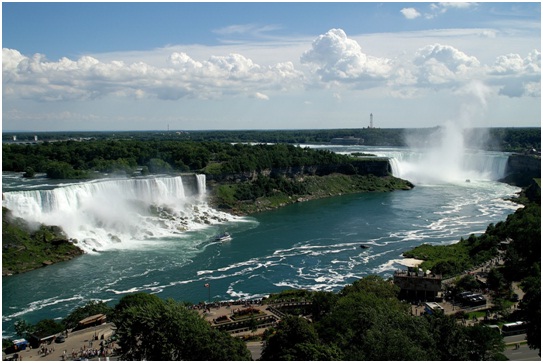Rotorua is one of the most unique sites you’ll ever visit, as it has the most interesting geothermal spots in the world. Here is a small list of national parks that offer awesome geysers and not only!
Hell’s Gate
Have you ever thought what it’s like entering the Hell’s Gate. It definitely is hot and smells like boiling mud, very similar to the geothermal attraction of New Zealand, which is, in fact, called the Hell’s Gate or the Awesome Beast. The area also has the biggest hot-water waterfall in the Southern Hemisphere.
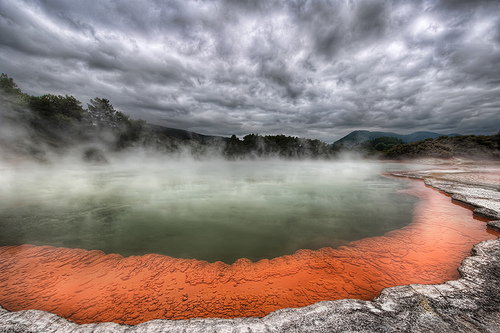
Hell’s Gate is worth visiting if you’re looking for one-of-a-kind scenes. It has incredible hot pools, where the water temperature is above 100 degrees Celsius, hot water lakes that are covered with clouds of steam, as well as the largest active mud volcano of the country.
Wai-O-Tapu Park
Lady Knox Geyser is a single geyser that can jump as high as 10 or 20 meters. It was first discovered by prisoners, who were removed to this area for a good behavior. They discovered the jumping qualities of the geyser when they added soap to the water to wash their cloths.
In 1920s a mud volcano stood on the spot of present-day Mud Pool. However, the volcano was destroyed by its own erosion, and now a lake of bubbling mud is all what’s left for us to view.
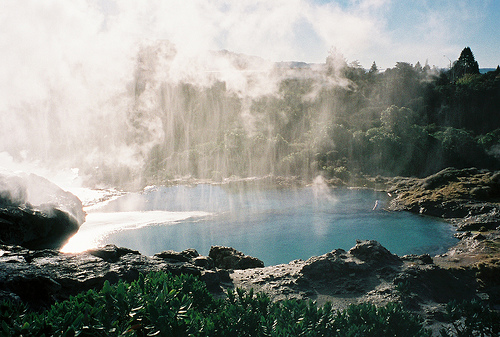
Craters of the Moon
The Craters of the Moon Thermal Area (not to be confused with the Craters of the Moon National Monument and Preserve, USA) is comparatively an easier hike with fields of geysers and hot springs. The public became aware of the thermal activity in this area in 1950s.
Instead of wide lakes and massive fountains, its main features include fire hot ground covered with blowholes, also known as fumaroles. These are very small openings where the gases and steam escape from. That’s what makes the park look like a forest on fire rather than hell on the Earth.
Whakarewarewa
Whakarewarewa (also called Whaka by the locals) is quite different from the other parks, as the former ones concentrate on the natural wonders, while Whakarewarewa adds the sensation of local culture to the price. Guided tours to the depth of geysers and hot springs are available along with a trip to traditional Maori village.
There are more than 500 thermal pools in Whaka. Some residents of the Maori village have been using the thermal characteristics for cooking.
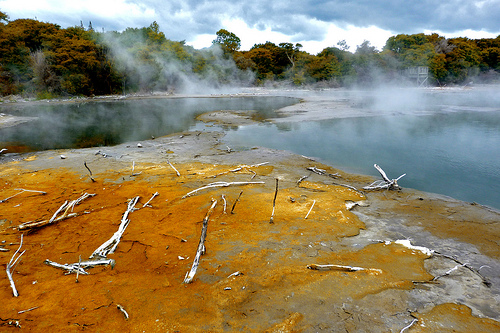
Waimangu
Waimangu means “Black Water” in Maori. The park was created by the eruption of Tarawera. It continues the newest lake of the country, called Rotomahana. The lake was created on June 10, 1886 (I guess we know when to celebrate its birthday as well) and has since been preserved untouched by the human hand.
See, although there are many lakes and geysers, you can’t swim in any one of them. That’s the mean game nature is playing with us. And remember to be careful and not fall into one of the pools … don’t even try to wash your hands in it, or touch …. just stay away from them and watch.

